The CDC is considering recommending masks for the general public. Although it’s confusing whether or not you should or shouldn’t, mainly because of shortages, a mask will definitely help protect you from an airborne infection carried by respiratory droplets. Since so many are looking for ways to scramble and find masks, fabric masks have been crucial for both healthcare workers with a lack of supplies as well as the general population. Since there’s so much demand at the moment, we (Jordan and Brett) put together a tutorial on how you can make your own DIY fabric face mask.
Jordan originally made a few for the amazing nurses at Woman & Infants Hospital in Providence, RI then ended up making piles for other nurses as well as a few company’s who were in need. Their shortage of masks was obviously a problem and since we know a few of the nurses from our preemie experience, it hit close to home. Luckily Jordan’s used to sewing children’s clothing at Hayden & Grant, so she whipped some up to help those in need.
Here are some quick Frequently Asked Questions for making a cloth mask, including proper materials and where you can source them, if at all.
Frequently Asked DIY Fabric Face Mask Questions
Should I make my own mask?
If you’re staying home and nobody in your family is infected, you don’t need a mask most of the time. But more experts now say that wearing a nonmedical or homemade mask to go the grocery store or pharmacy may be a good idea. Studies of mask use to prevent the spread of respiratory illnesses, including SARS, another form of coronavirus, show a simple mask can lower risk of infection. The effect is greatest when masks are used along with hand hygiene and social distancing.
“I think the vast amount of data would suggest that the coronavirus is an airborne infection carried by respiratory droplets, and it also can be passed on by direct contact,” said Dr. Siddhartha Mukherjee, assistant professor of medicine at Columbia University, who recently wrote an article about how the coronavirus behaves inside patients. “The mask works two ways — not only to protect you from me, but me from you.” (source)
What are the best fabrics to use? What Materials?
- Recommended fabric for the outer portion of the mask includes heaver, non-stretch fabric such as denim, duck cloth, canvas, twill, or other tight woven fabric.
- Recommended fabric for the inner lining and filter pocket can be other cotton, cotton-blend non-stretch fabric. It can be thinner and softer, but again recommended minimal or non-stretch.
- Polyester or other less breathable fabric will not work as well, due to moisture produced when breathing.
- If using denim or other fabric that is being “recycled”, please be sure it is clean and in good shape. Worn or dirty fabric will not be protective.
- Elastic should be in good shape, with plenty of stretch and of an appropriate size to fit over the ears. 1/16 inch round cord or 1/8 inch braided work best.
- If elastic is not available, fabric ties can be sewn on the mask. There will need to be 4 ties (one tie on each of the 4 corners). Ties should be approx. ¼ inch in width, sewn in such a way that there are no frayed edges, and long enough to be tied into a bow on the top of the head (for the top corner and behind the head for the bottom corner).
Where can I find elastic for my fabric mask?
Most stores have depleted their stock. Many sewing groups are sharing elastic but also using pony tail holders and scrunchie pony tail holders instead. You can also sew ties on the mask and should be 16” in length. You can also cut thicker elastic strips into quarter inch by six inch pieces if you can’t find narrow elastic.
The following are helpful hints shared by seamstresses and sewists which may be useful to you.
- Front and back need to be different colors; in a hurry, easy to tell which is front.
- The 9×14 pattern has no pocket for filter. Pleats can be used in lieu of pocket and works.
- Adding 1.5” to the cheek piece adds additional shielding.
How to sew a cloth mask with a standard sewing machine
DIY Fabric Mask Video Tutorial
Step 1: Place Elastic Between Fabric
Start with two pieces of fabric, 6”x9” fabric. It helps if you have two different colors. Take 6” x 1/4” elastic and sandwich it between the two.
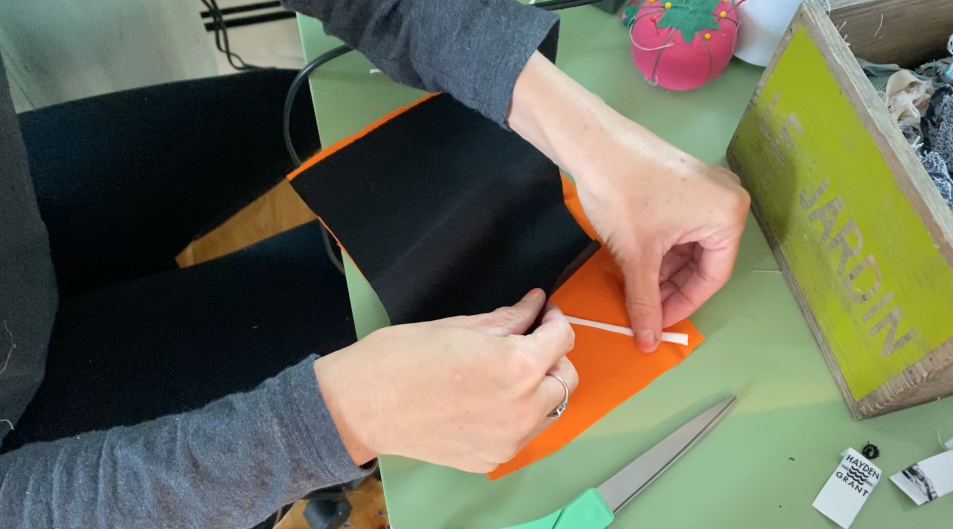
Step 2: Stitch Both Sides with a Straight Stitch
Stitch one side with a straight stitch.
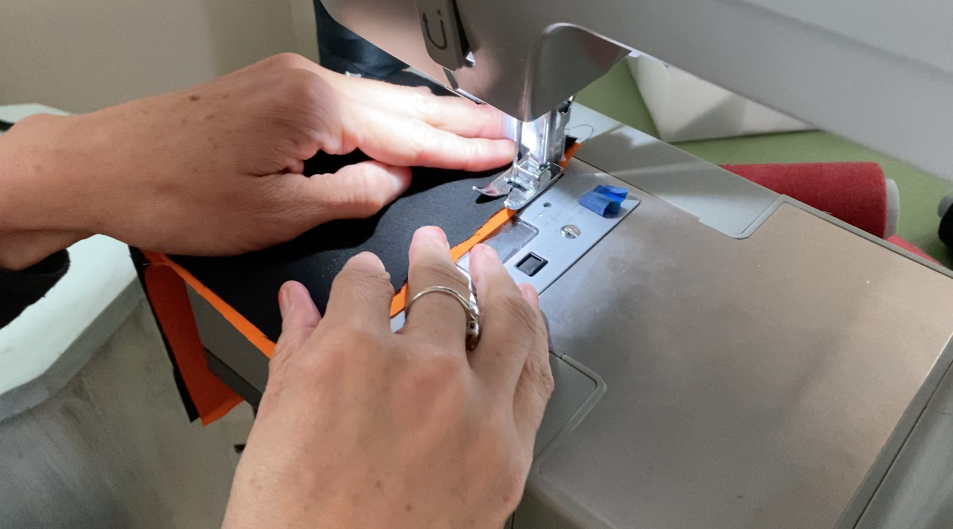
As you get to the bottom, take the opposite end of elastic and sandwich it between the two layers.
Repeat for both sides.
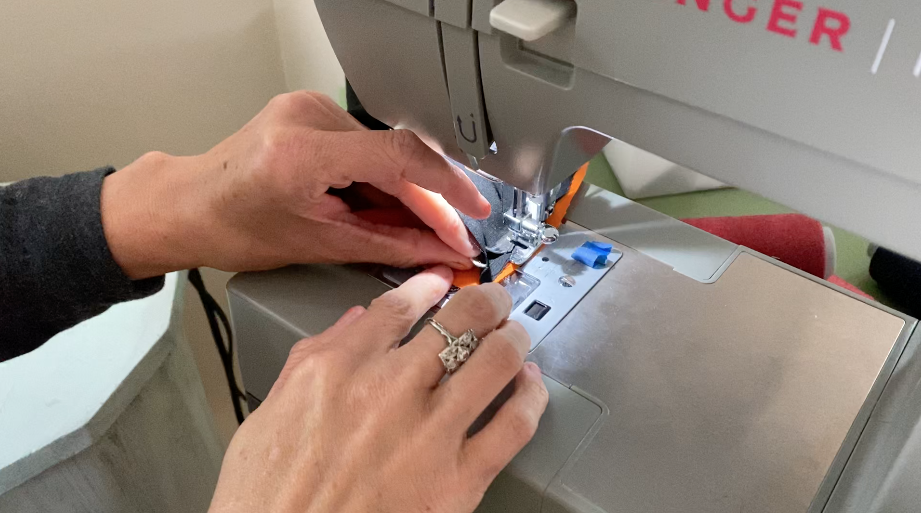
Step 3: Stitch One Remaining Open Sides
Stitch just one remaining side shut, leave one open for now.
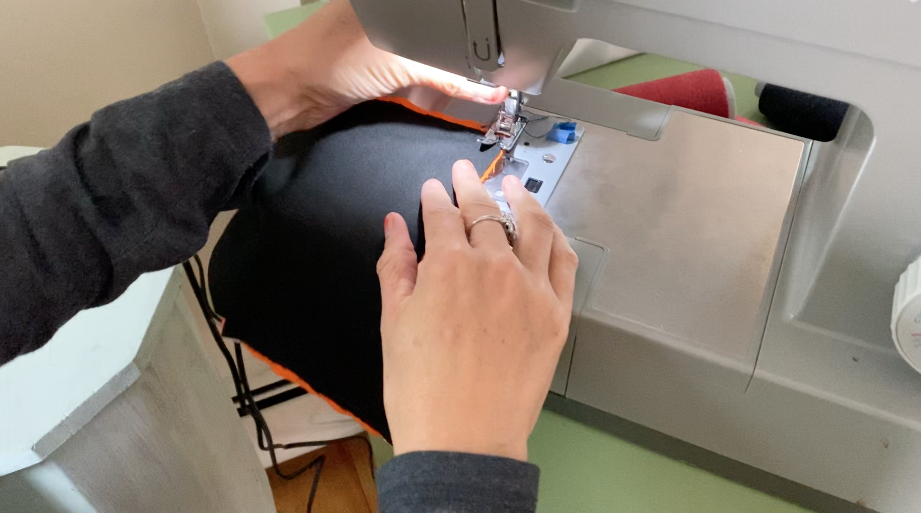
Step 4: Stitch Remaining Opening
At this point it’s up to you. You can stitch half or 3/4 shut then flip it and stitch the remaining opening or you can just flip it inside out and use a rough stitch as shown in this tutorial – not as elegant but quicker.
Switch to zig-zag since this one is a decorative stitch shown on the outside of the mask.
Be sure to back-stitch at the beginning and end of this stitch.
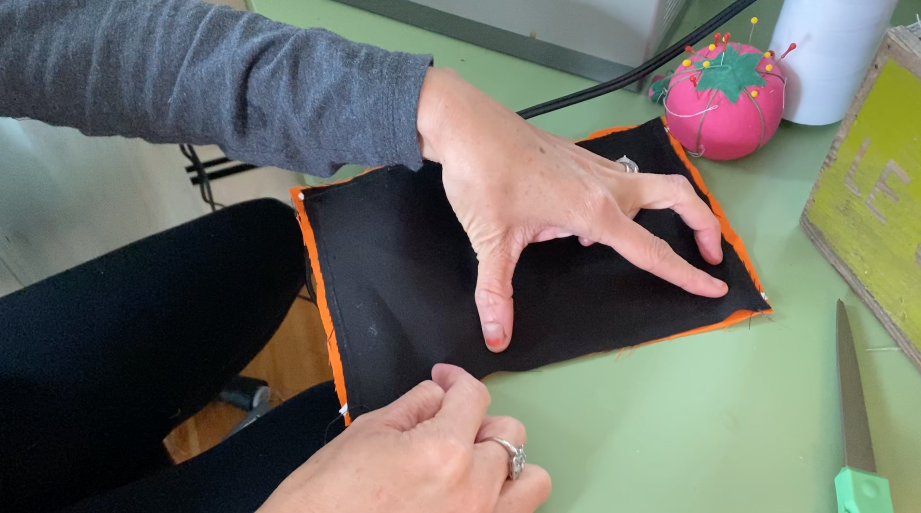
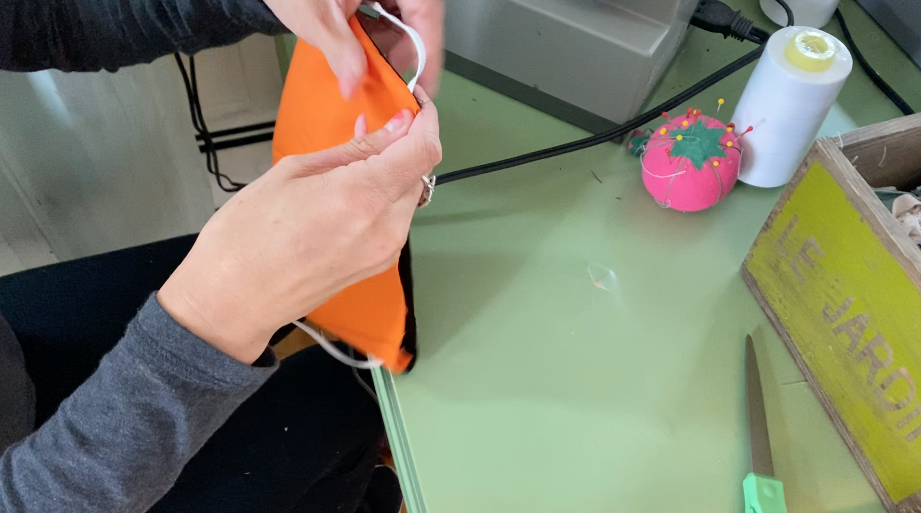
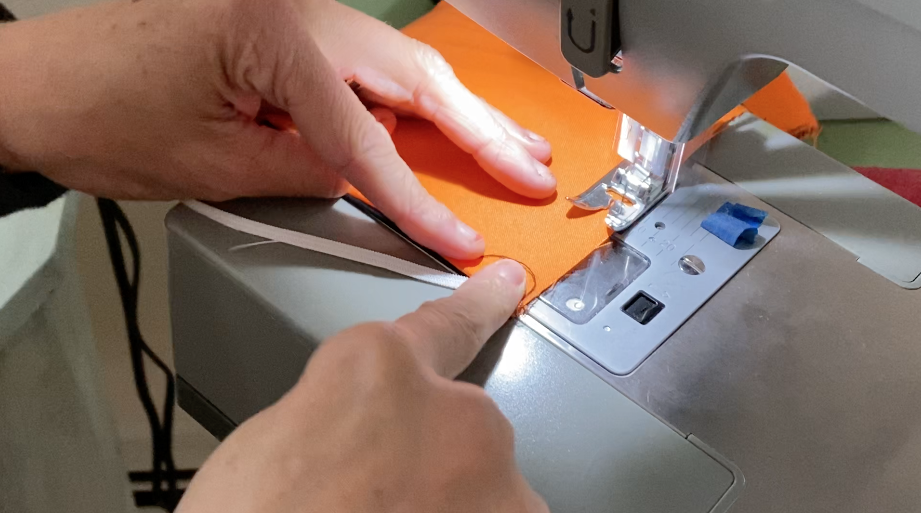
Step 5: Make three tucks and stitch
At this point you are going to make three tucks on each side, so two folds that make three different tucks. See picture or video for more detail.
Keep it on the zig-zag switch. Keep the folds bunched and stitch the side. Repeat for the other side.
Cut any loose threads.
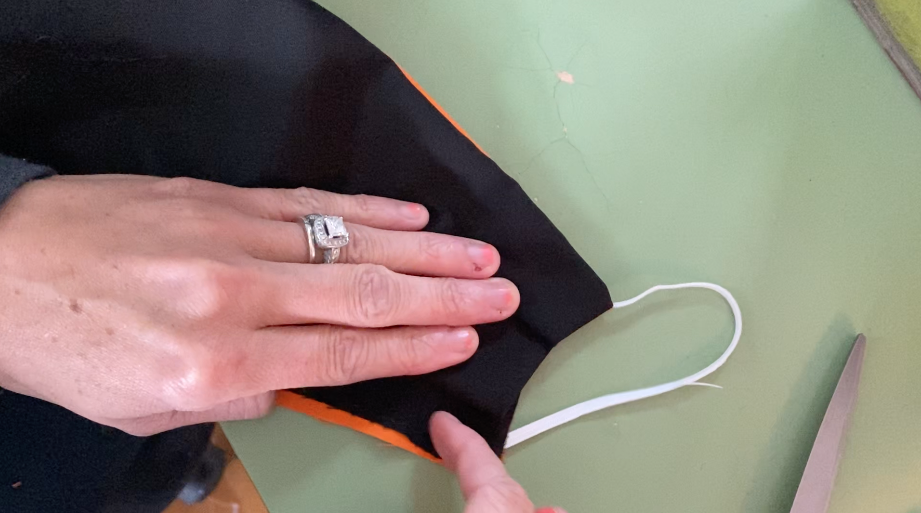
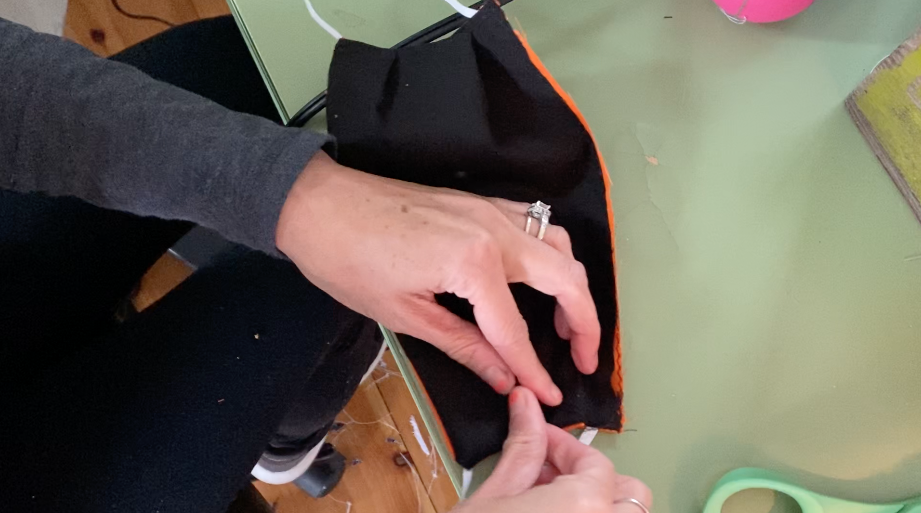
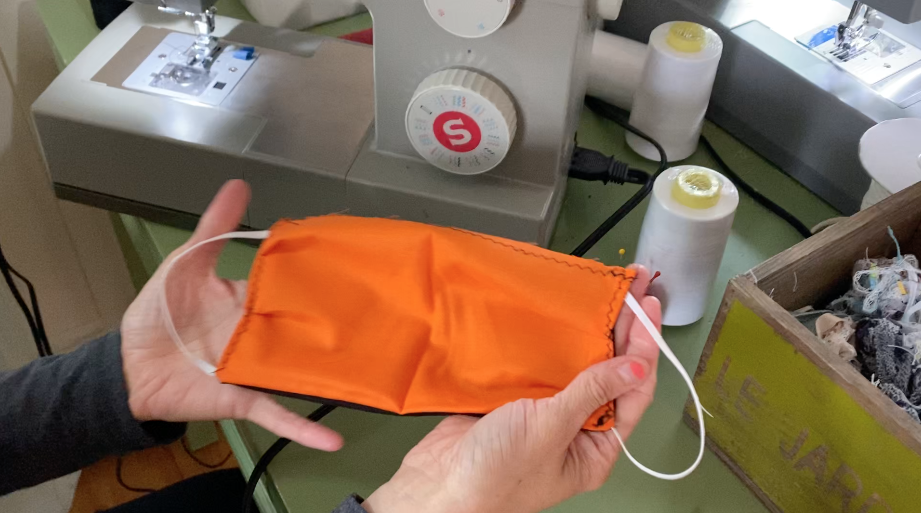
That’s all folks
Thanks for following along! Please note, the example above is far from perfect since we wanted to get this tutorial out as soon as possible. You can of course spend a little more time on your stitches so they look better, but that’s up to you! If you’re a little more advanced you can use a serger like Jordan did with the examples below. Here are some nicer versions Jordan made the other day.
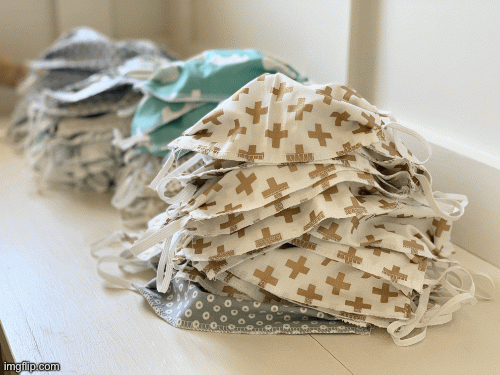
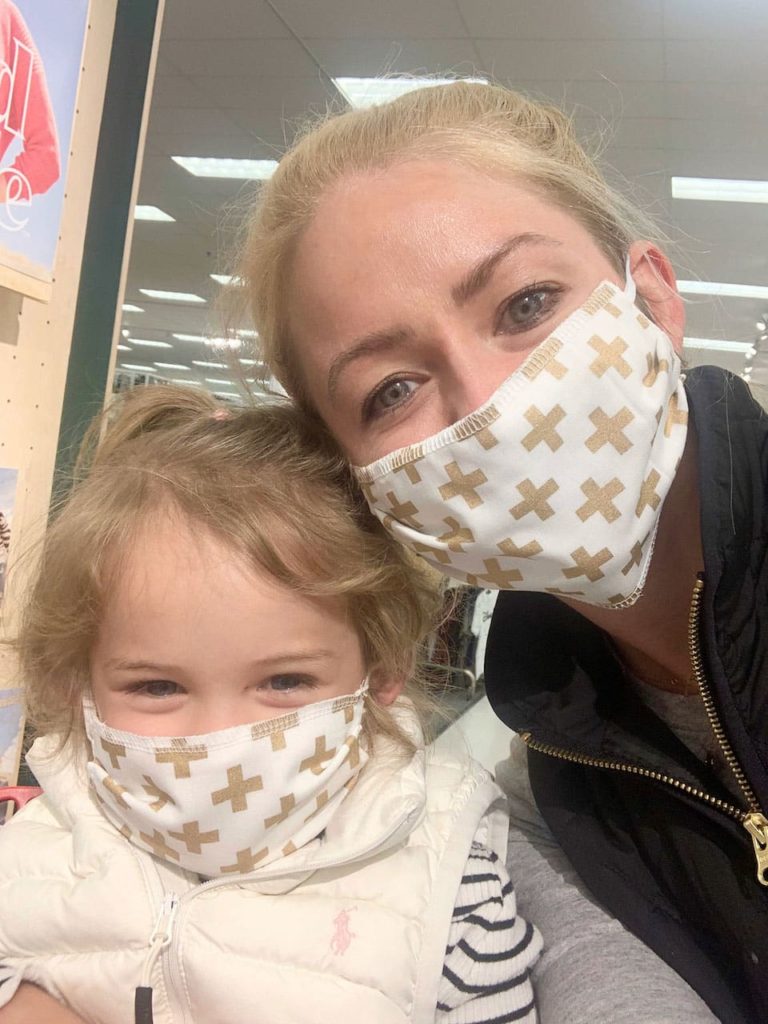
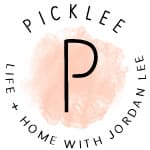
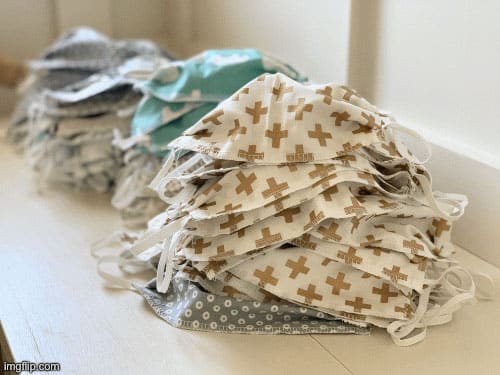
Superexcellent manual! Thanks to this tutorial I created my masks)